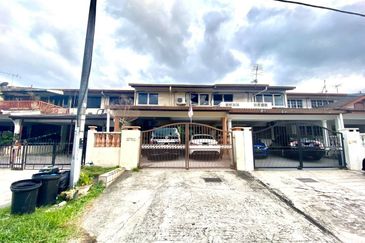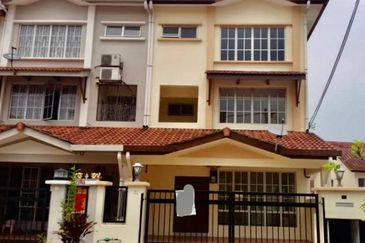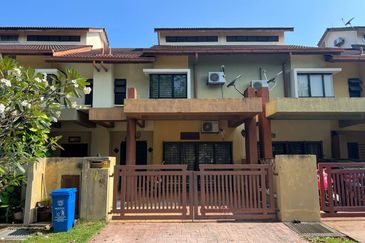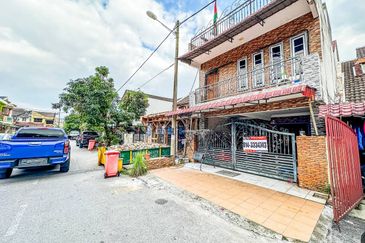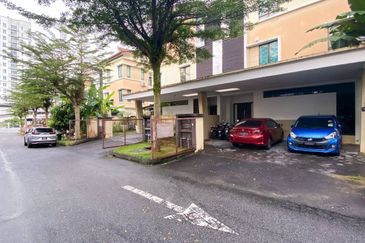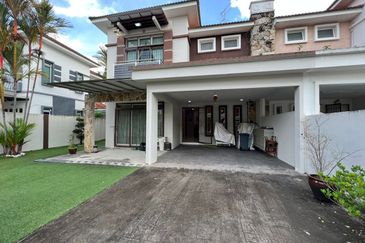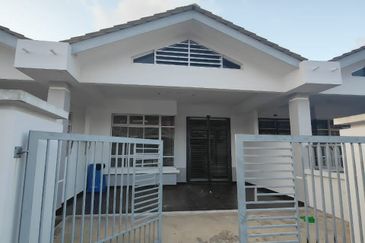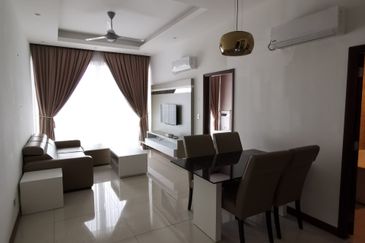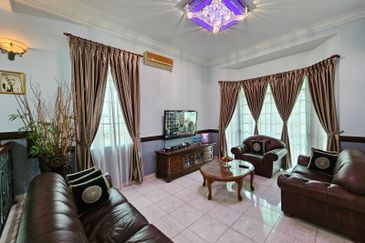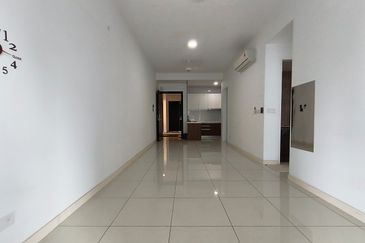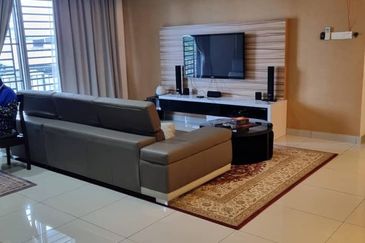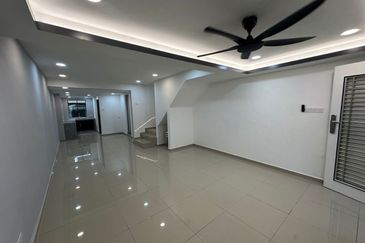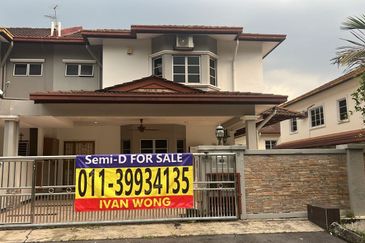
Back in my student days in England, I shared a flat with a wonderful bunch of guys. Their Saturday night sport was to see who could chat up the ugliest girl in the local dance hall. On Sunday mornings, this brought some pitying looks from our neighbours.
I had forgotten all about this predilection for ugliness until I visited Cameron Highlands recently. There it is, alive and well. Huge slabs of apartments the size of battleships float in a sea of fetid ponds and kangkong. In an architectural style that parodies the Royal Selangor Club and can only be described as “pseudo Tudor meets Leningrad” every high-rise building is adorned with crossed black timbers that resemble military targets rather than Tudor houses. I wish it were so.
Advertising hoardings have run amok and yesterday’s bunting has been cast into the drains to make way for today’s offerings of bee farms and steamboats.
Thankfully, the major plantation houses, including Boh Plantations, have maintained the beauty and integrity of their tea gardens. But towns such as Kea Farm, Brinchang and Tanah Rata resemble Jinjang on steroids.
Sadly, we appear to have learnt nothing from the Port Dickson experience of the Nineties.
Make me Sheriff of Tanah Rata for a day and I would round up a posse of garbage trucks and tear down every piece of advertising bar the road signs. Then, I would impose an advertising code that basically says you cannot have any. Do you think that’s impractical? Go and join the millions each year who visit the incredibly beautiful villages in the English Cotswolds such as Stanton and Stanway. Then check out their property values. These villages have only moderate intrinsic beauty but their attraction lies in their architectural integrity, which involves strong control over new building as well as advertising signage.
There is only one Cameron Highlands and, ultimately, tourism could be worth much more than cultivating six-headed cabbages that glow in the dark.
But a few things need to happen. First, there has to be the will, a vision and an aspiration or two to achieve excellence in our urban landscape. We can no longer accept that beauty is in the eye of the account holder. Approaching fully developed status, Malaysia needs to think about adding quality and not just quantity to the built environment. As far as I know, not a single building code across the country imposes controls over aesthetic. Since when did a planning application ever get rejected on the grounds of sheer ugliness?
Malaysia is a land of beauty — the people as well as the country — and Malaysian architects, planners and artists are world class. There is abundant talent to create beauty. So, why is this not coming through in our towns and villages? Why do we need a Unesco World Heritage listing to lay down the rules on preservation and new building? Why can we not look ahead and re-mould our high streets into masterpieces for future generations to appreciate?
This probably calls for a new mindset, which just has to come from the Malaysian heartland, but it can be done if the public and private sectors can see the value.
The development industry and its common interest groups, such as the Real Estate and Housing Developers’ Association Malaysia, need to become more self-critical and less of a bunch of mutual admiration societies. They should hand out annual wooden spoons for new buildings and communities that can only be described as “fuggly”.
Finally, I must share with you a new development that has been named — by the developers themselves — “Lavile”. Come on, guys, don’t beat yourselves up, it looks pretty good to me. If you really wanted to indulge in such self-
criticism, you might have at least started more modestly on something called “La Pretty Ugly” and worked your way up.
Or, coming back to my main point, does this epitomise an inward-looking development industry that just cannot see the big picture?
Datuk Christopher Boyd is executive chairman of Savills Malaysia.
This article first appeared in City & Country, a pullout of The Edge Malaysia Weekly, on Feb 13, 2017.
For more stories, download TheEdgeproperty.com pullout here for free.
TOP PICKS BY EDGEPROP

D'Ambience Residences (Ikatan Flora), Bandar Baru Permas Jaya
Permas Jaya/Senibong, Johor
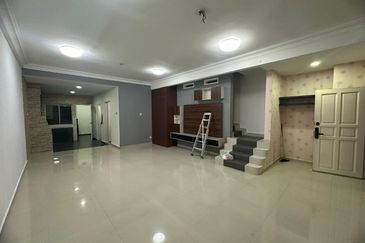
Jalan Ceria 15
Iskandar Puteri (Nusajaya), Johor

Bangunan Duta Impian (The Embassy Suites)
Johor Bahru, Johor

Centra Residences @ Nasa City
Johor Bahru, Johor
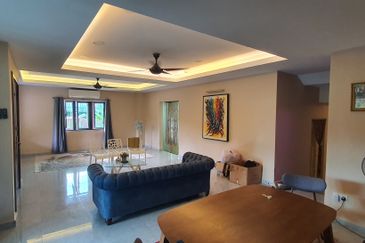
Taman Wawasan, Pusat Bandar Puchong
Puchong, Selangor

